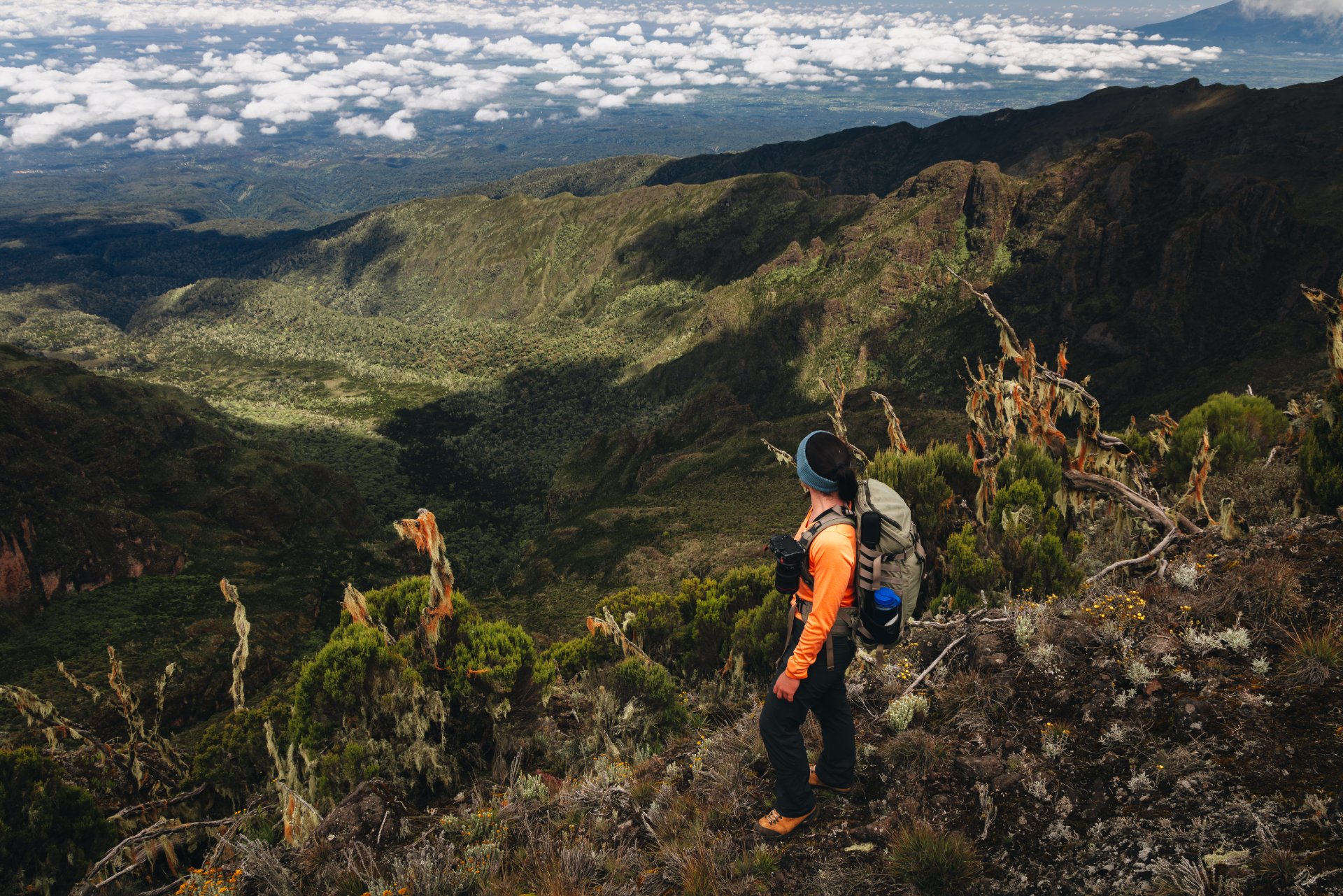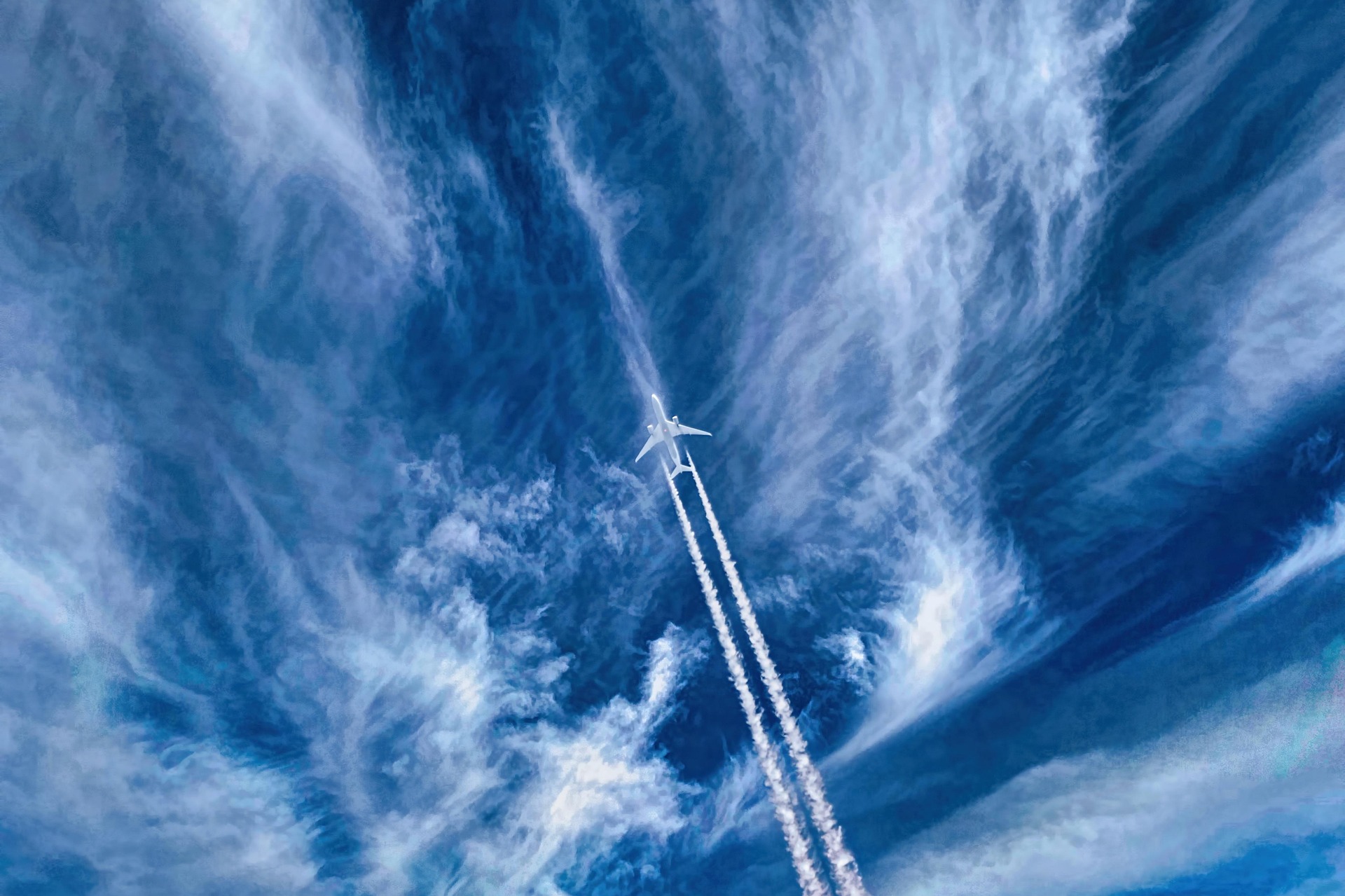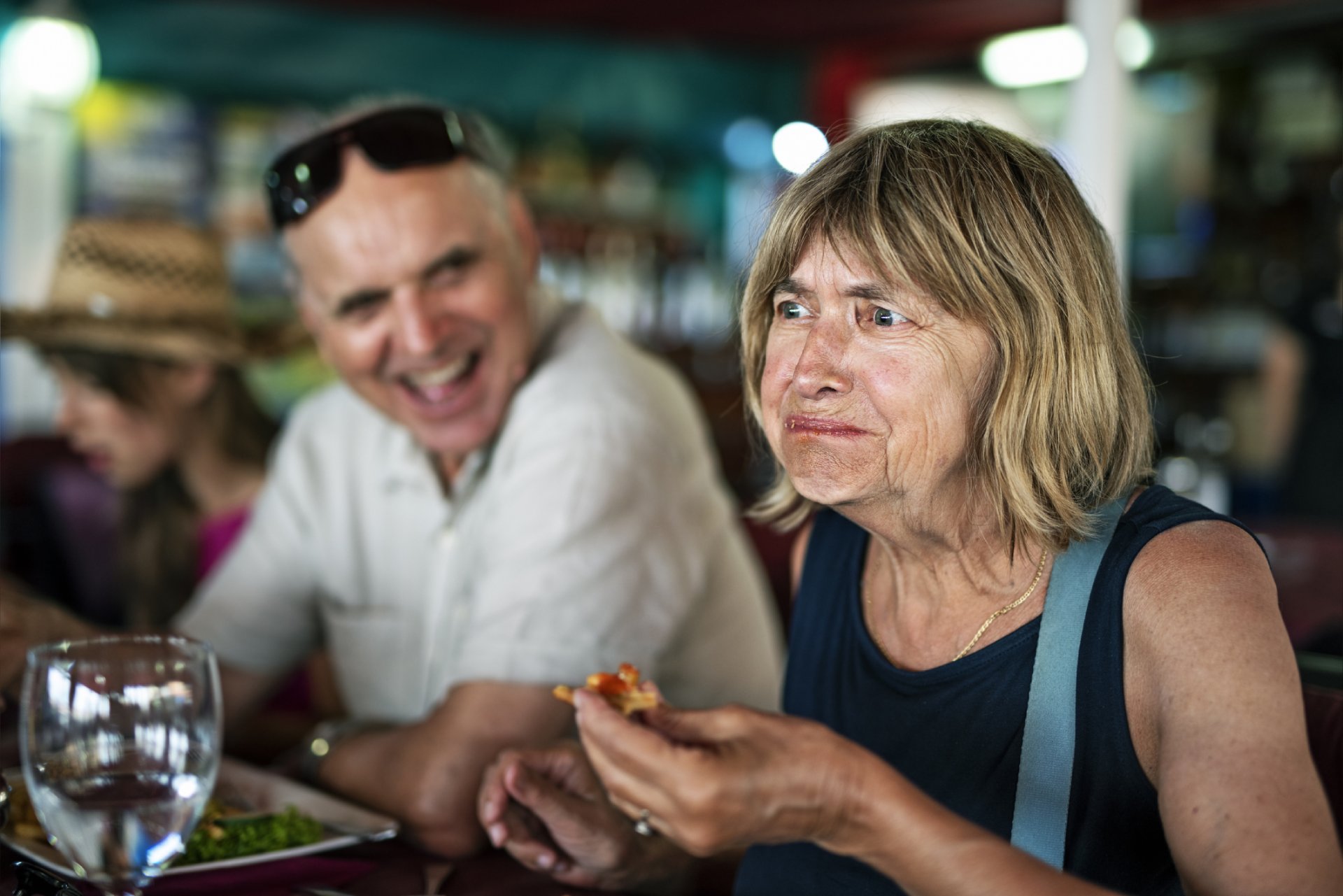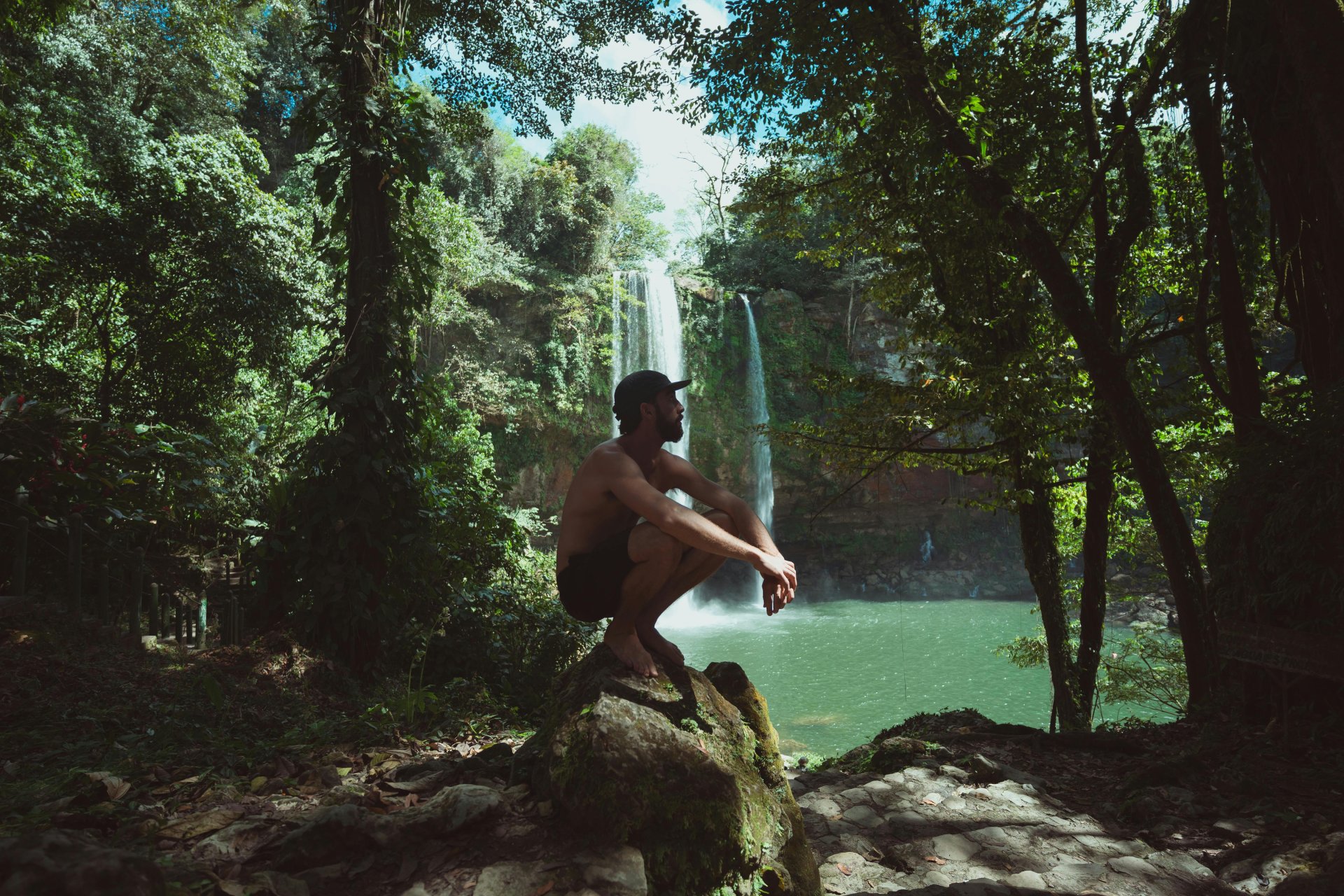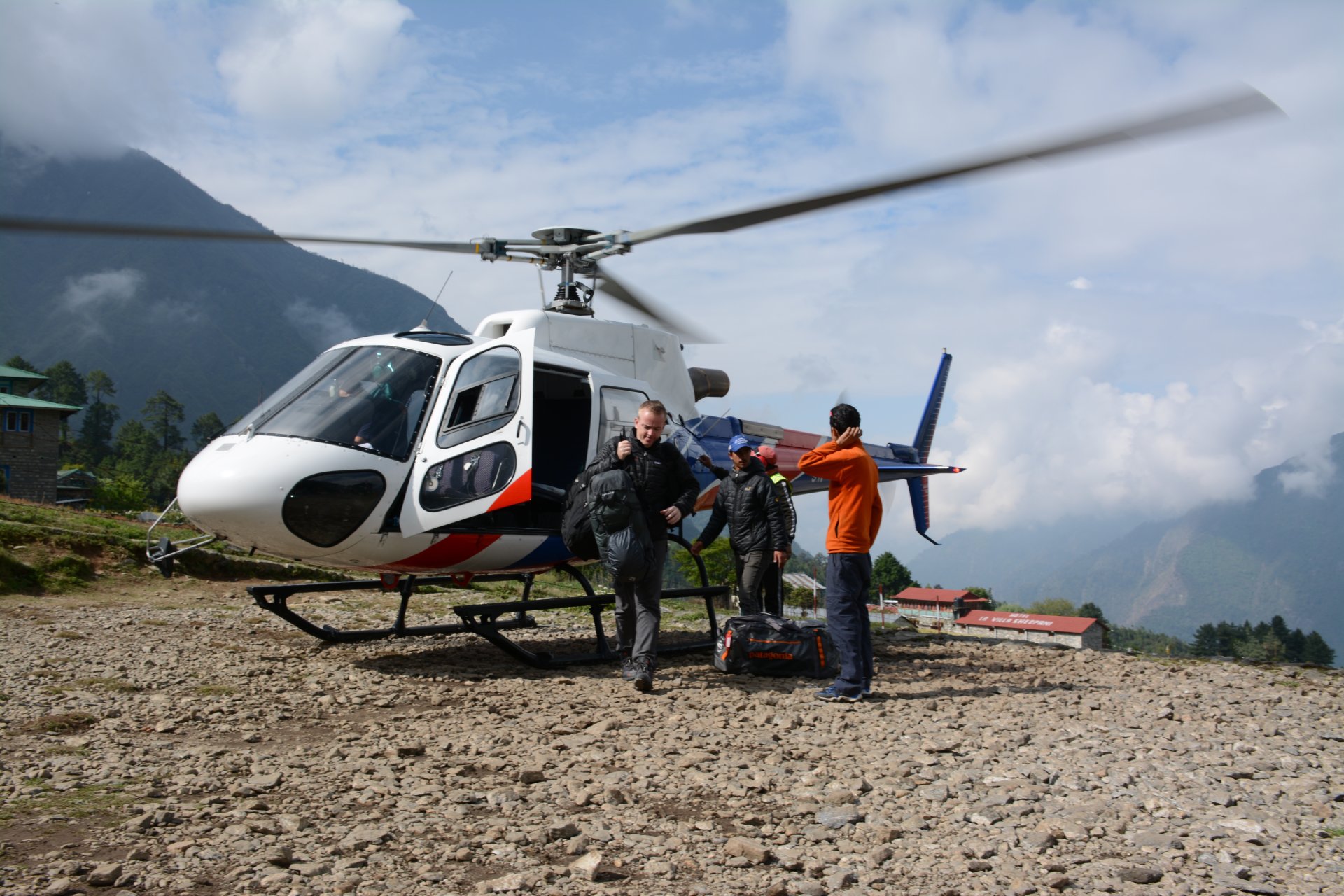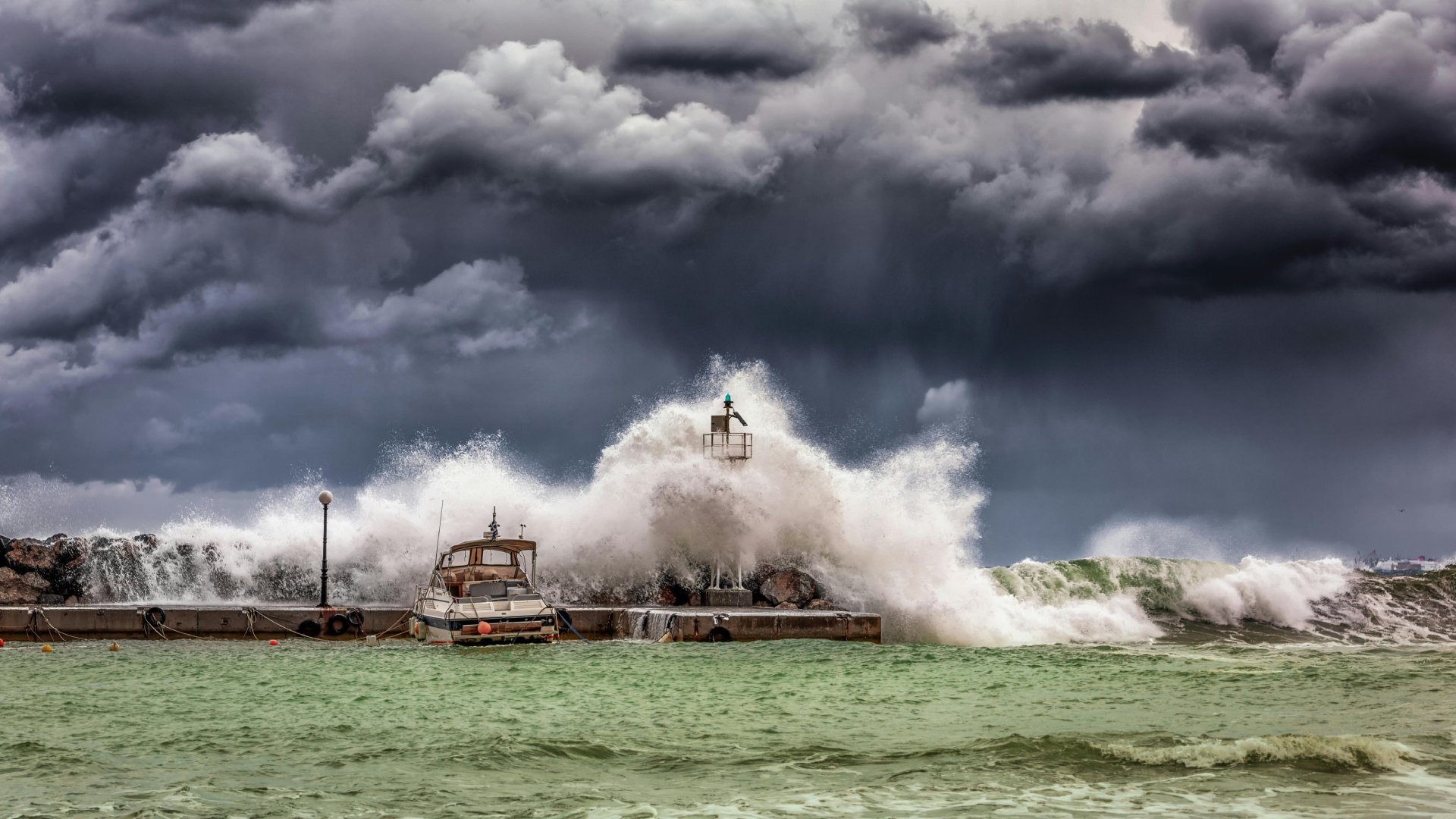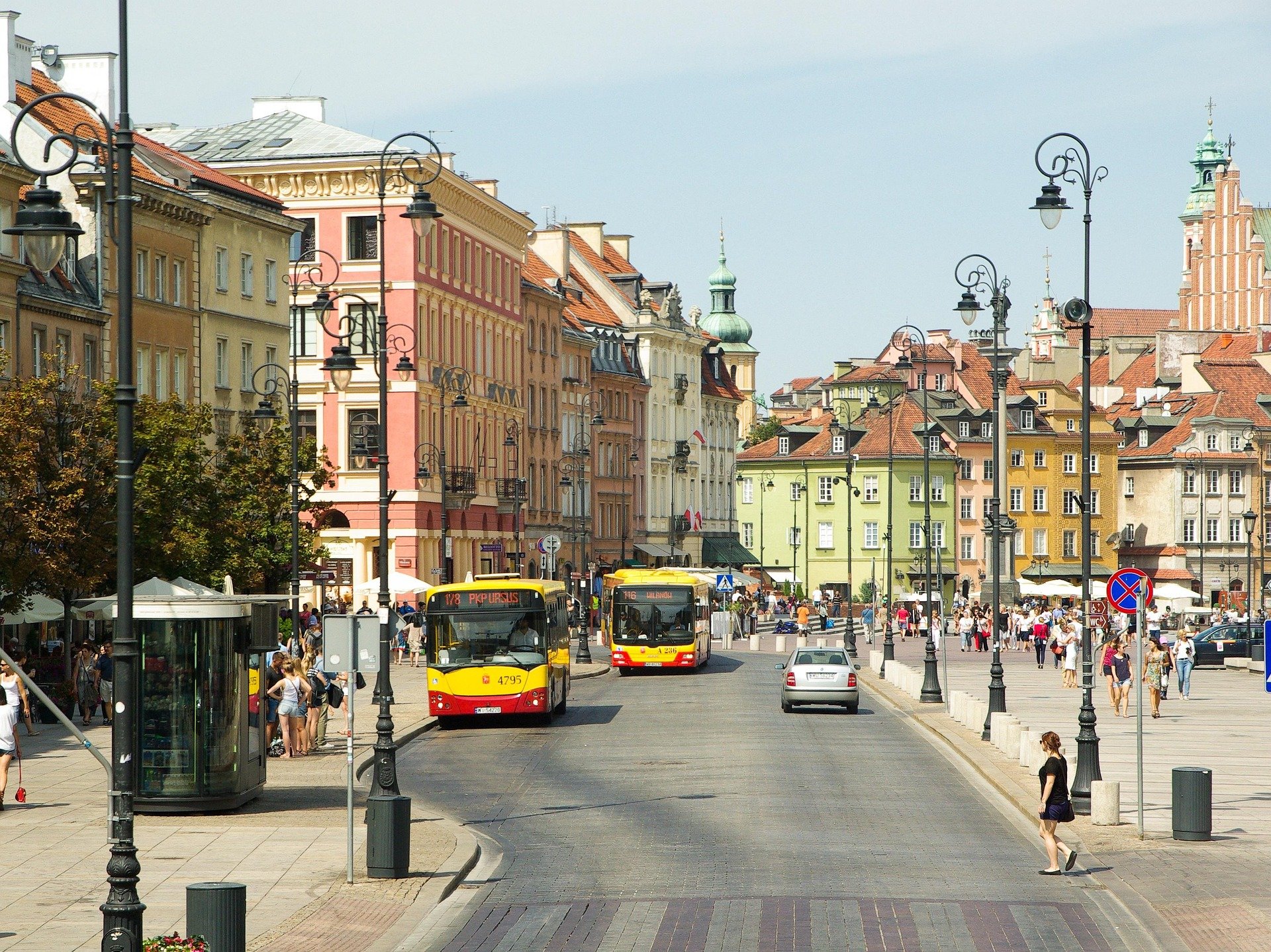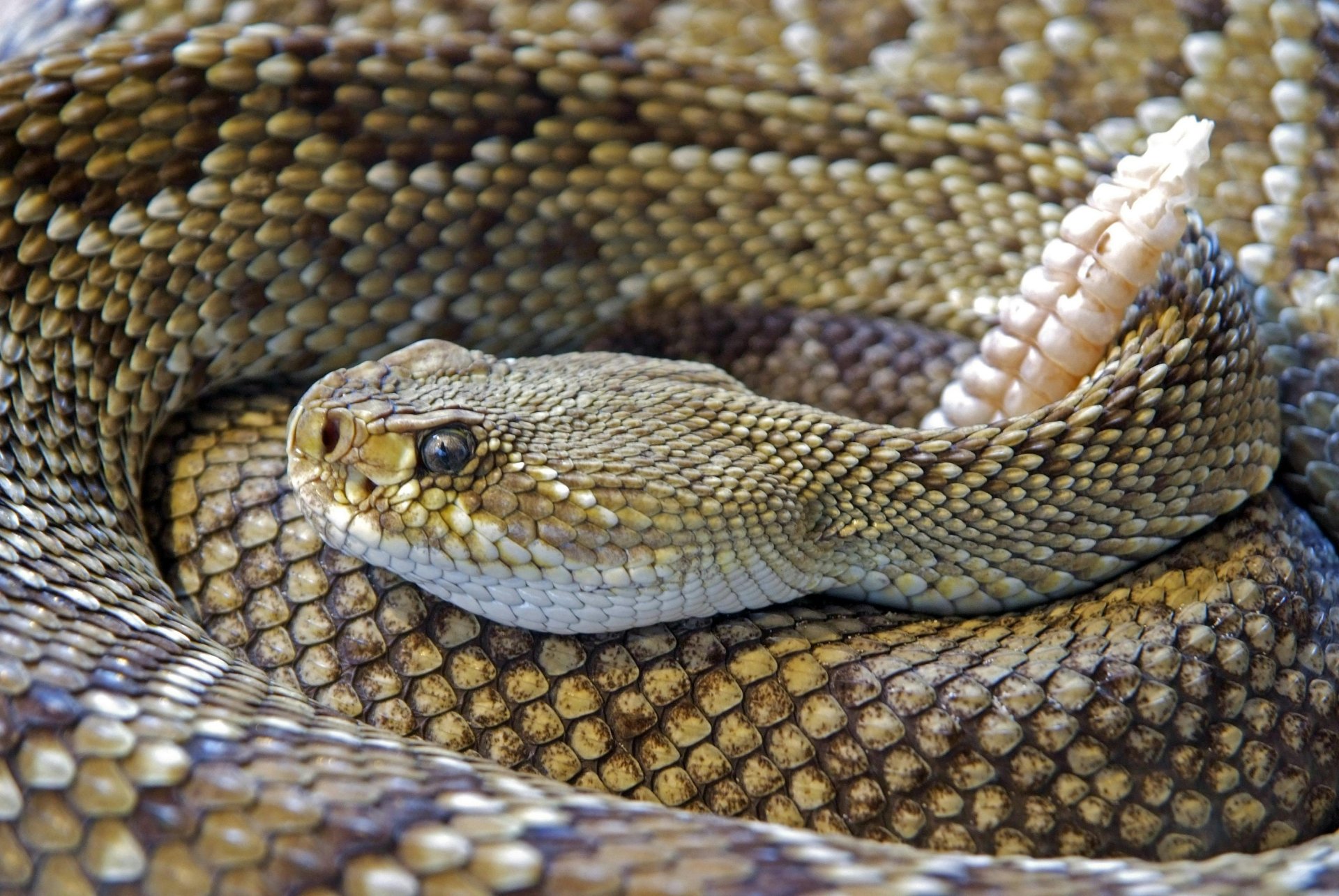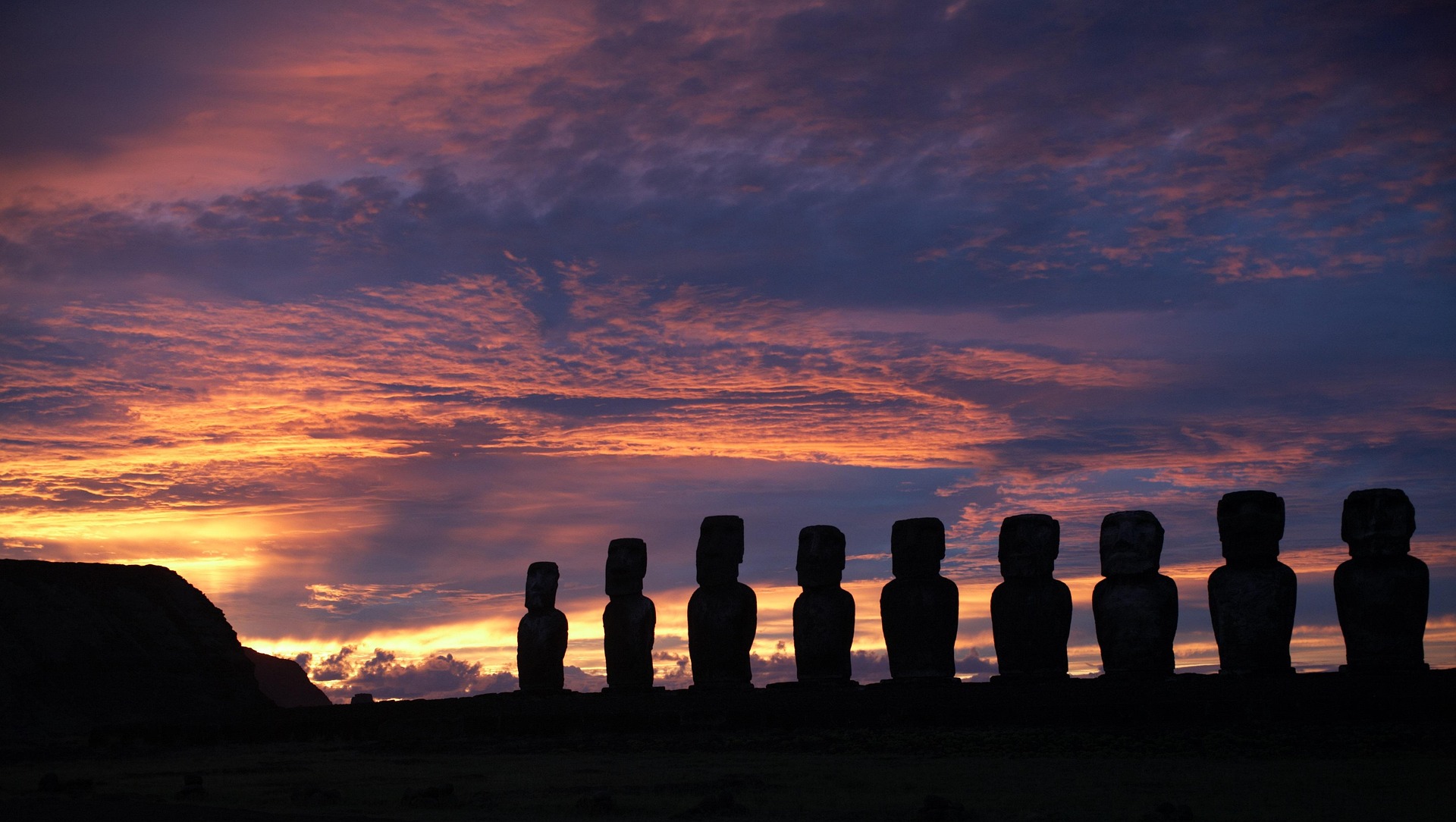By Alex Andreichuk, CEO and founder of Altezza Travel, a leading provider of mountaineering and safari tour services in the United Republic of Tanzania
Article Highlights:
- Kilimanjaro Summit for All: Climbing Mt. Kilimanjaro requires no prior technical skills, making it perfect for first-time climbers with decent fitness levels.
- Glaciers Disappearing: Kilimanjaro’s glaciers are melting rapidly and may vanish entirely within the next 10-15 years—visit before they’re gone.
- Ethical Trekking Practices: Choose KPAP-accredited companies to ensure fair treatment of porters and help preserve Kilimanjaro’s environment.
- Plan for Shoulder Seasons: Avoid crowds by trekking during quieter periods like mid-June to early July, October, or late February to mid-March.
- Affordable Gear Options: Rent climbing gear in Tanzania to save money and reduce luggage weight.
Climbing Mount Kilimanjaro is becoming a top bucket-list adventure for people worldwide, and interest is growing steadily. Among the 2,997 climbers we examined in 2023, 40% (1,204) were women. This distribution indicates that while men continue to represent the majority of climbers, the proportion of female climbers is on a steady rise compared to previous years.
If Kilimanjaro is on your bucket list, now is the time to prioritize it. The mountain’s glaciers are vanishing at an alarming rate, and experts predict they may be gone entirely within the next 10-15 years. More than 80% of Kilimanjaro’s ice cap has melted since 1912, and only memories will remain by the 2030s or 2040s. Sadly, this decline is irreversible. Waiting even a few years could mean seeing only diminished, fragile remnants of what was once a breathtaking natural wonder.
If you’re considering a Kilimanjaro climb in the upcoming season, here’s what you need to know to plan your trek.
Fitness and Skill Levels
Kilimanjaro (19,341 feet/5,895 meters) may be considered a high-altitude “starter mountain” for climbers, but summiting Africa’s highest peak is no easy task. Climbing Kilimanjaro doesn’t require technical skills or advanced experience. All you need is a decent level of fitness. According to Victor Mahonge, an experienced Kilimanjaro guide, most trekkers—about 80%—are first-timers in the mountains. For some, Kilimanjaro is their first major hiking adventure, while others have no prior experience.
The good news? A strong fitness foundation is enough to prepare you for the climb. Regular cardio exercises like swimming, jogging, or treadmill running are excellent ways to build endurance. Hiking is even better for simulating the conditions you’ll face on the mountain. With the proper preparation, your chances of reaching the summit remain high.
Altezza Travel offers a summit success calculator, a tool developed using data from more than 20,000 hikers. The calculator can help you check your preparation and likelihood of success. On Kilimanjaro, climbers typically walk six to eight miles daily, and on the summit night, this can extend to 10 to 15 miles, with much of it uphill. Achieving this feat requires at least an average level of fitness.
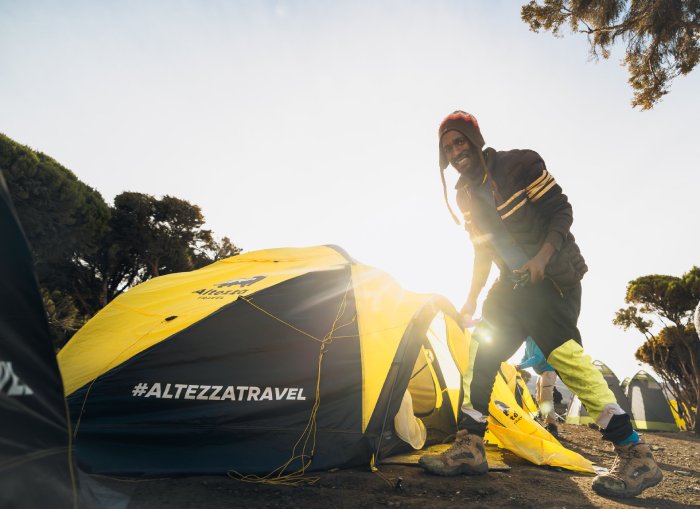
Best Time To Climb?
Although precise numbers are unavailable, experts at Altezza Travel—the largest operator on the mountain—estimate that at least 60,000 climbers will attempt the trek during the 2025-2026 season. While Kilimanjaro isn’t yet as crowded as popular trails in the Himalayas or Alps, the trekking experience has noticeably changed compared to five years ago.
Most Kilimanjaro climbs happen during two peak periods: early July to late September and early January to mid-February. These months are popular because of the favorable weather—dry conditions, clear skies, and comfortable temperatures—all of which make trekking more manageable and enjoyable. However, these peak seasons are also the busiest. Trails can become crowded, and camps may feel less tranquil.
If you prefer a quieter and more serene experience, consider climbing during the shoulder seasons, from mid-June to early July, October, or late February to mid-March. During these times, the weather remains reasonably good for trekking. Still, the number of climbers on the mountain is significantly lower, allowing for a more peaceful and personal journey on Kilimanjaro.
Join a Group Departure for a More Enjoyable Experience
Climbing Kilimanjaro is not just about reaching the summit—it’s also a chance to meet incredible people. If you’re traveling alone or as a pair, joining a group trek can add a layer of fun and shared experiences to your climb. Altezza Travel organizes regular group departures every two to three days across various Kilimanjaro routes, making it easy to join others.
Altezza also offers private, exclusive trips tailored to families or close-knit groups of friends. These treks ensure a personalized experience with you and your companions, free from outside participants.
Climb Kilimanjaro Responsibly
The terms “sustainability” and “responsible travel” are buzzwords and many travel websites using them are making claims that do not amount to meaningful environmental impacts.
On Kilimanjaro, responsible travel comes down to two simple but significant practices:
- Take everything back down: A clean mountain starts with every climber. Whatever you bring on your trek, make sure it returns with you. Responsible tour operators help by providing rubbish bags for proper disposal, but hikers must do their part, too. Avoid leaving behind hygiene products, wet wipes, candy wrappers, or other waste. While officials ban plastic bottles on Kilimanjaro, enforcement can be lax, so it’s up to you to respect the rule and protect the mountain.
- Choose a KPAP-member operator: The Kilimanjaro Porter Assistance Project (KPAP) ensures that trekking companies treat their porters fairly. Unfortunately, exploitation of mountain crews is common on Kilimanjaro. Unethical budget operators cut costs and offer lower prices by paying low wages, providing inadequate gear, and neglecting medical care.
KPAP-Member Company Requirements
Hikers seeking an ethical, safe, responsible and sustainable climb should support companies that treat crews fairly and ethically. By choosing a KPAP-approved operator like Altezza Travel, you can ensure that your Kilimanjaro climb leaves a positive legacy—for both the environment and the hardworking porters who make your trek possible. KPAP member companies must pay fair wages, provide hot meals and proper equipment for porters. The KPAP monitors this by assigning a special, independent porter to each climb who reports back to the organization if an operator follows the protocols and standards of the organization.
Gear? Buy or Rent?
Climbing Kilimanjaro requires gear but nothing overly specialized. It doesn’t require technical climbing skills, ropes, ice axes, harnesses, or other specialized equipment. Depending on the season and the weather, micro-spikes may be needed by individuals reaching the upper slopes if they are snow-covered. Altezza Travel provides them at no cost for its clients.
You’ll need trekking outfits suitable for various climates, from the warm tropical rainforest to the freezing temperatures at the summit, in extreme cases as low as -15°C/5°F. However, not everyone has outdoor gear like insulated jackets, waterproof layers, or trekking pants. Buying high-quality equipment for the trip can cost around $1,500, which is worth it if you plan on hiking regularly.
Renting equipment is an alternative. For about $300, you can rent everything you need for the climb. You can also rent a la carte, obtaining individual items for $20-$40 each with summit jackets and sleeping bags typically being the priciest. Renting is a practical choice to reduce luggage weight. Kilimanjaro gear is bulky, and if you’re continuing your adventure with a safari or a trip to Zanzibar, carrying it all might lead to excess baggage fees. Renting helps you travel lighter and more conveniently.
The Global Rescue Connection
Kilimanjaro is one of the safest mountains in the world and has a low incident rate. Nevertheless, there’s no guarantee “uh, oh” won’t happen, making having traveler protection essential. Altezza Travel recommends Global Rescue, a provider they have consistently found to be the most reliable. Their swift response and comprehensive support set them apart.
Include a travel protection services membership. If you are already a member, review the Quick Start Guide for a refresher on how to use your Global Rescue membership.
Whether you’re climbing Mount Kilimanjaro, heli-skiing in the Andes or trekking the Camino de Santiago, you’ll have access to 24/7/365 medical advisory services, field rescue from the point of injury, and medical evacuation to the nearest hospital or home hospital of choice.
Planning a high-altitude climb or trek? Be sure to obtain a High-Altitude Evacuation Package, available to members 16 years of age or older.

